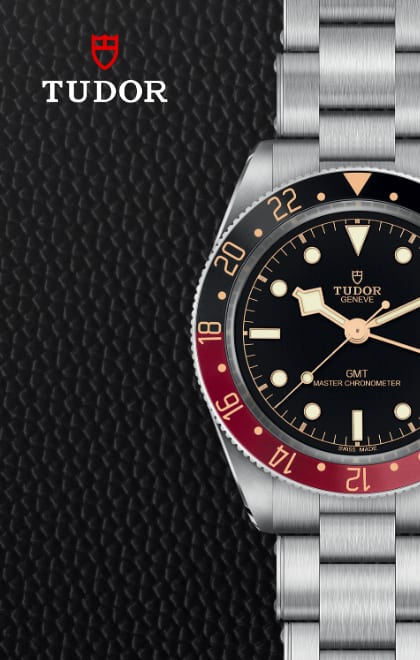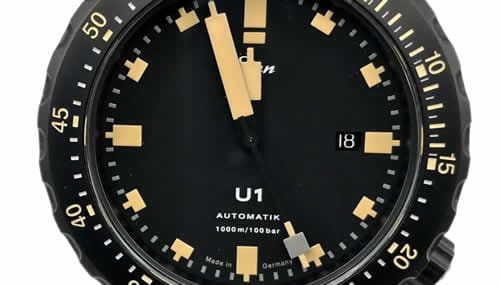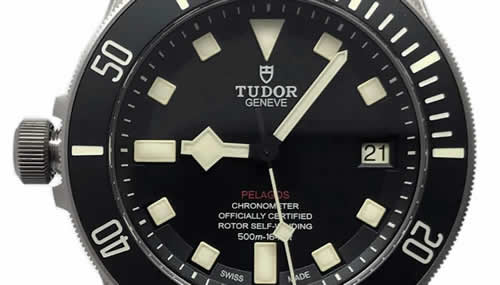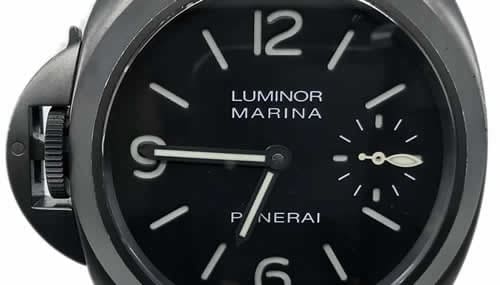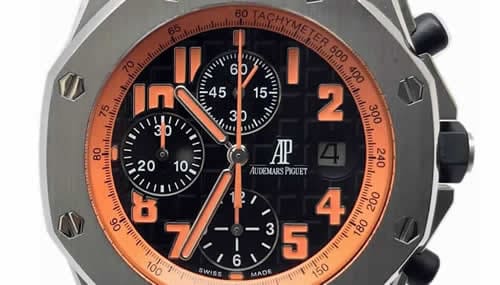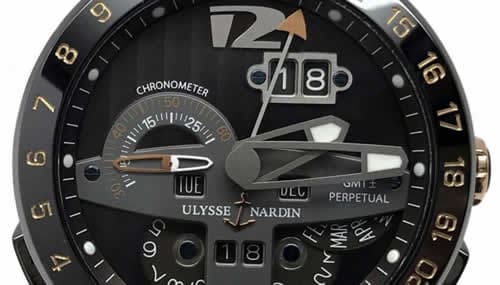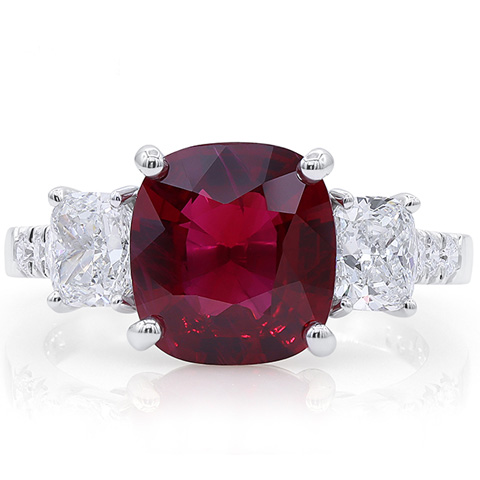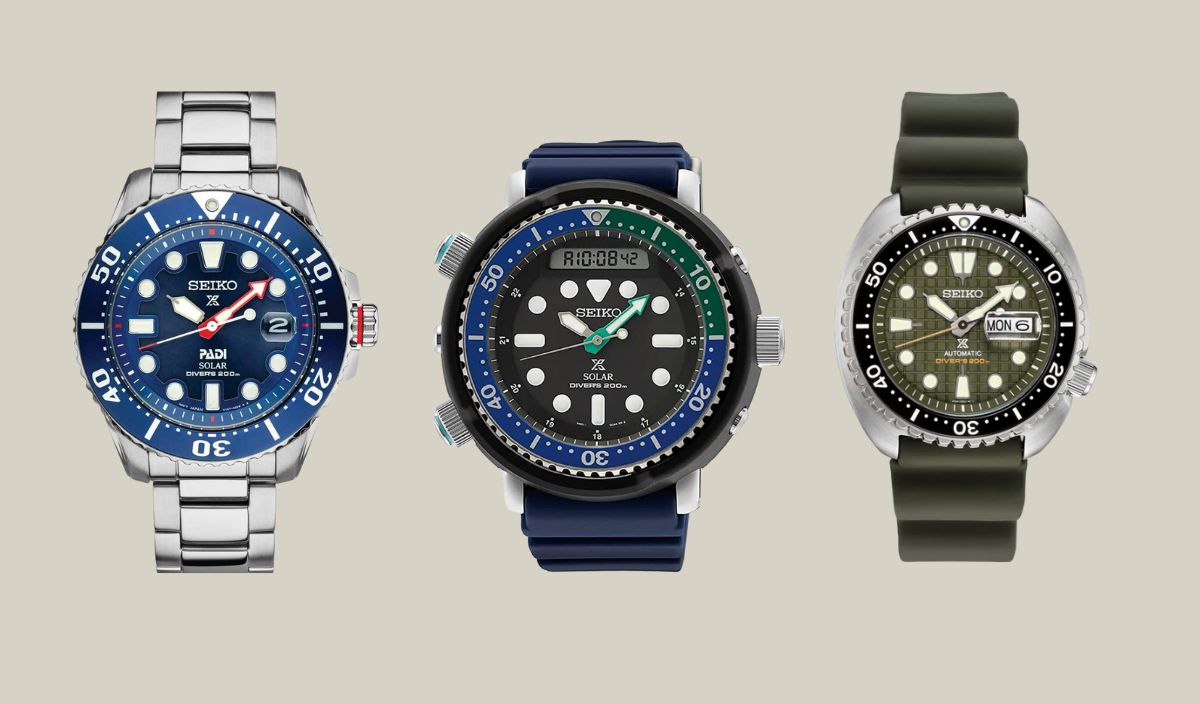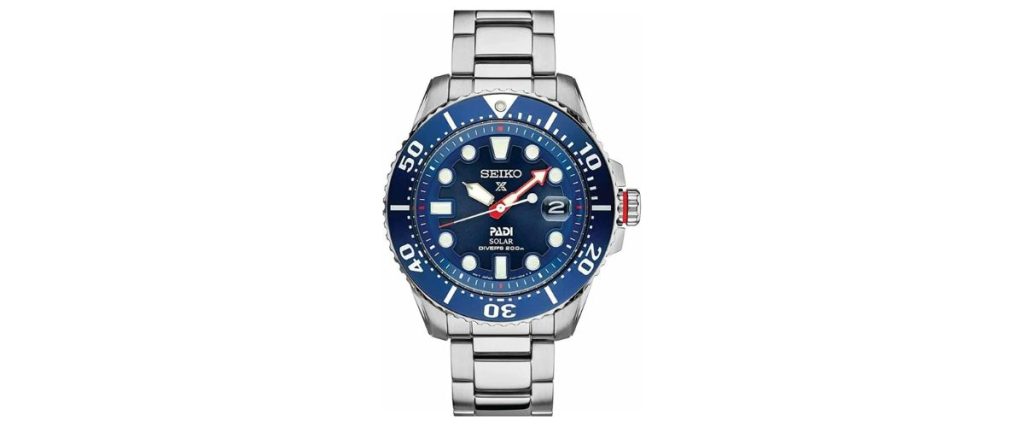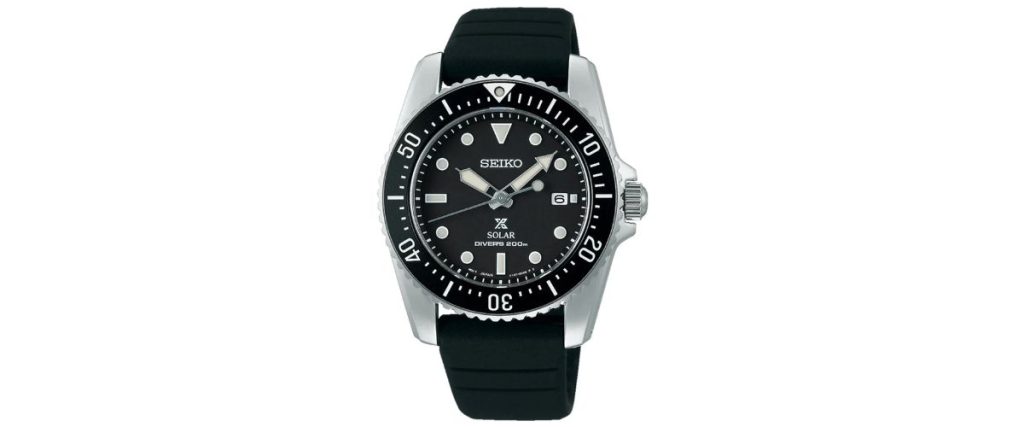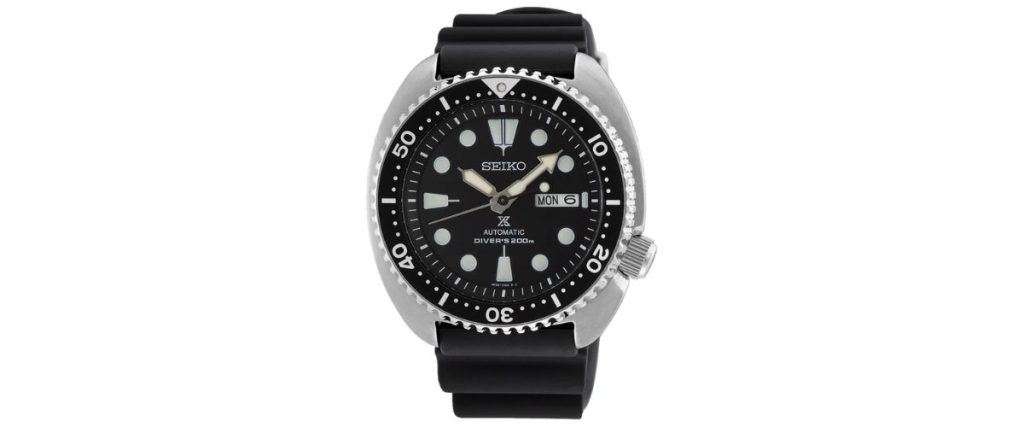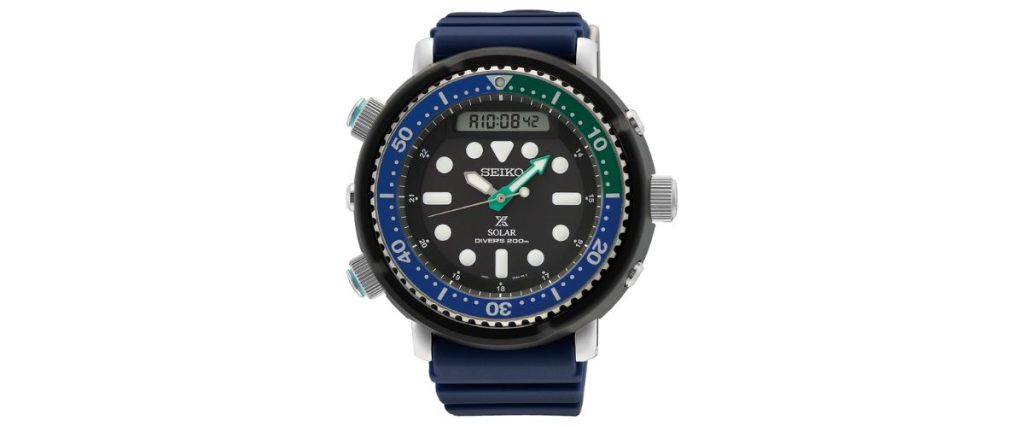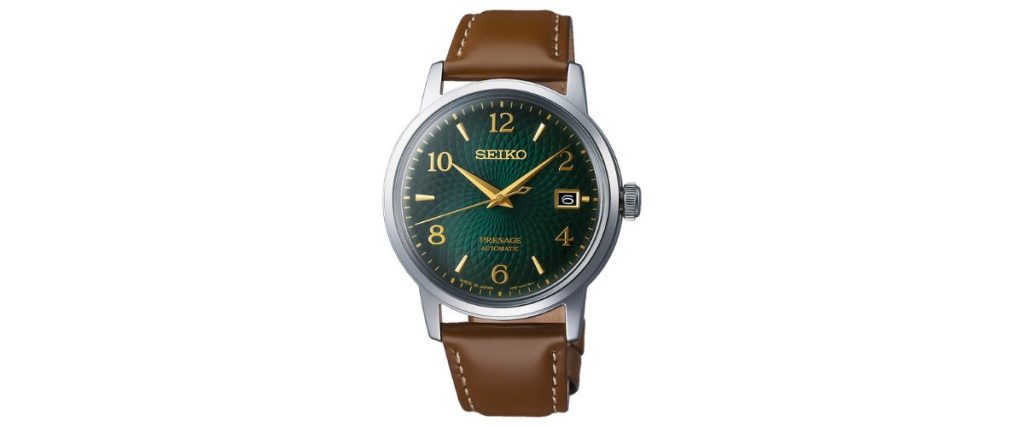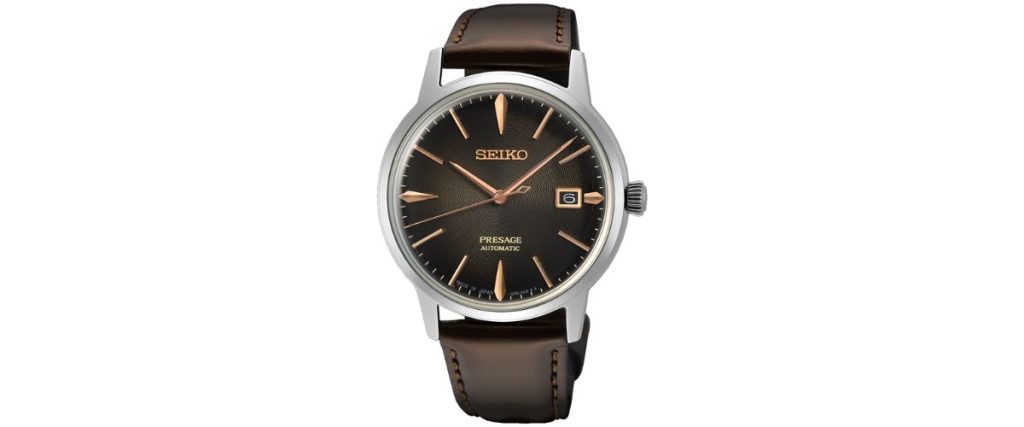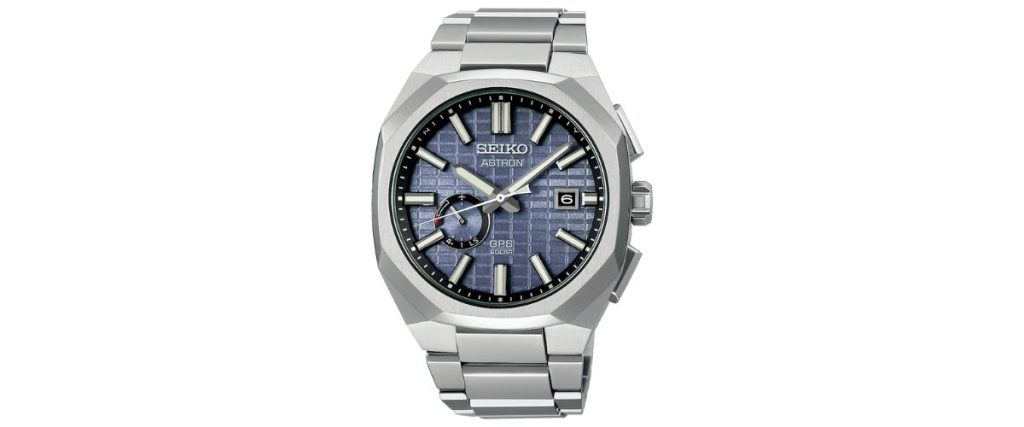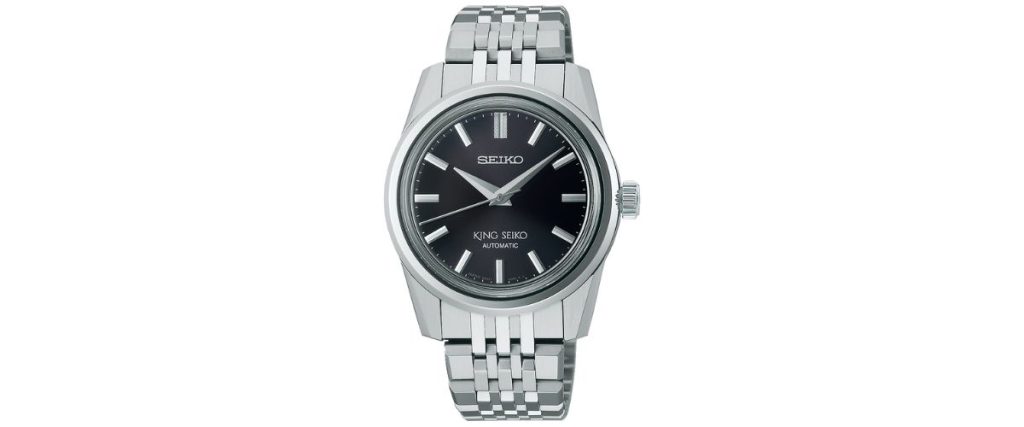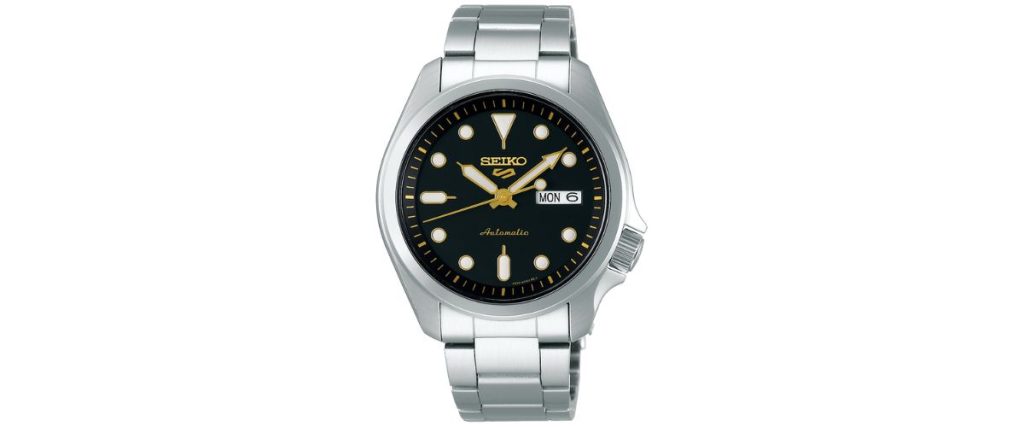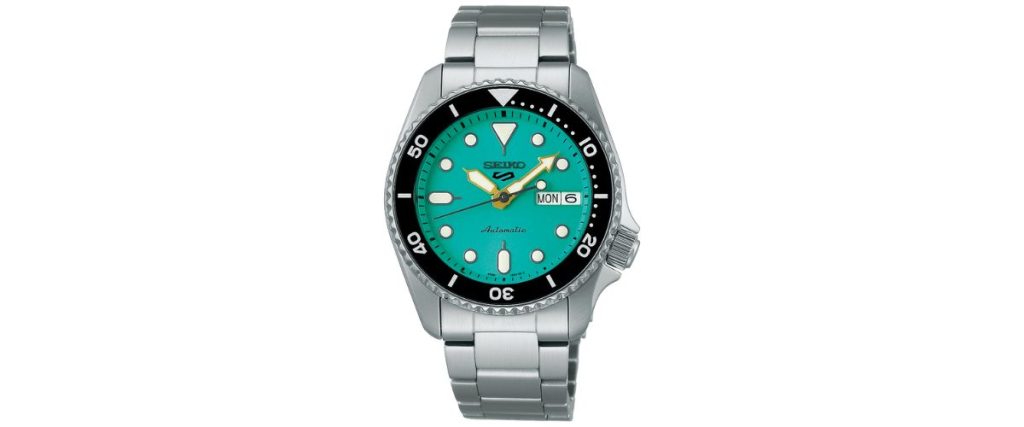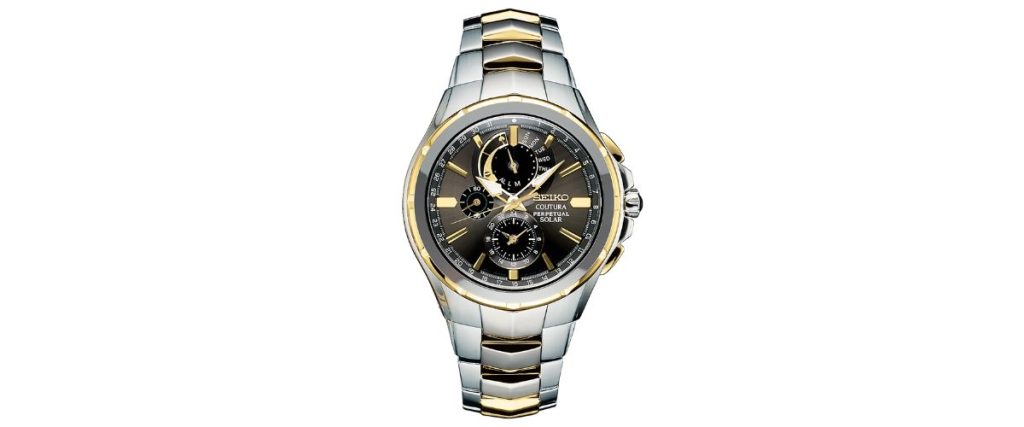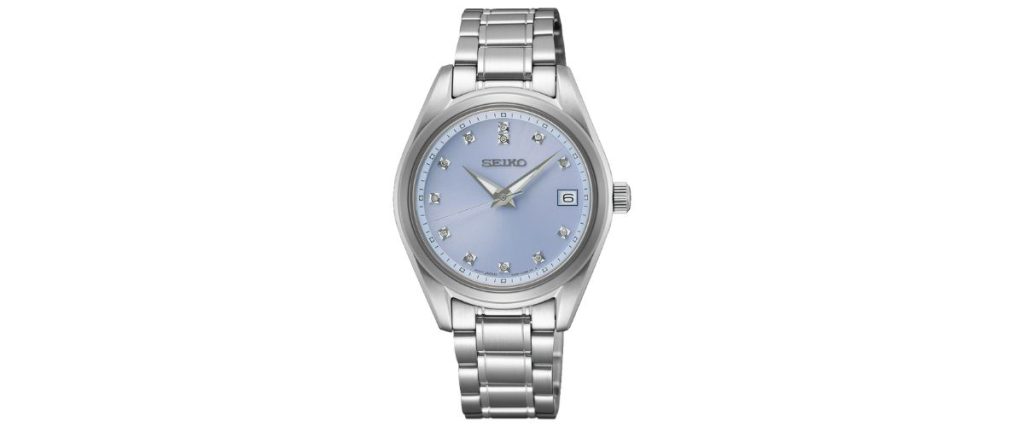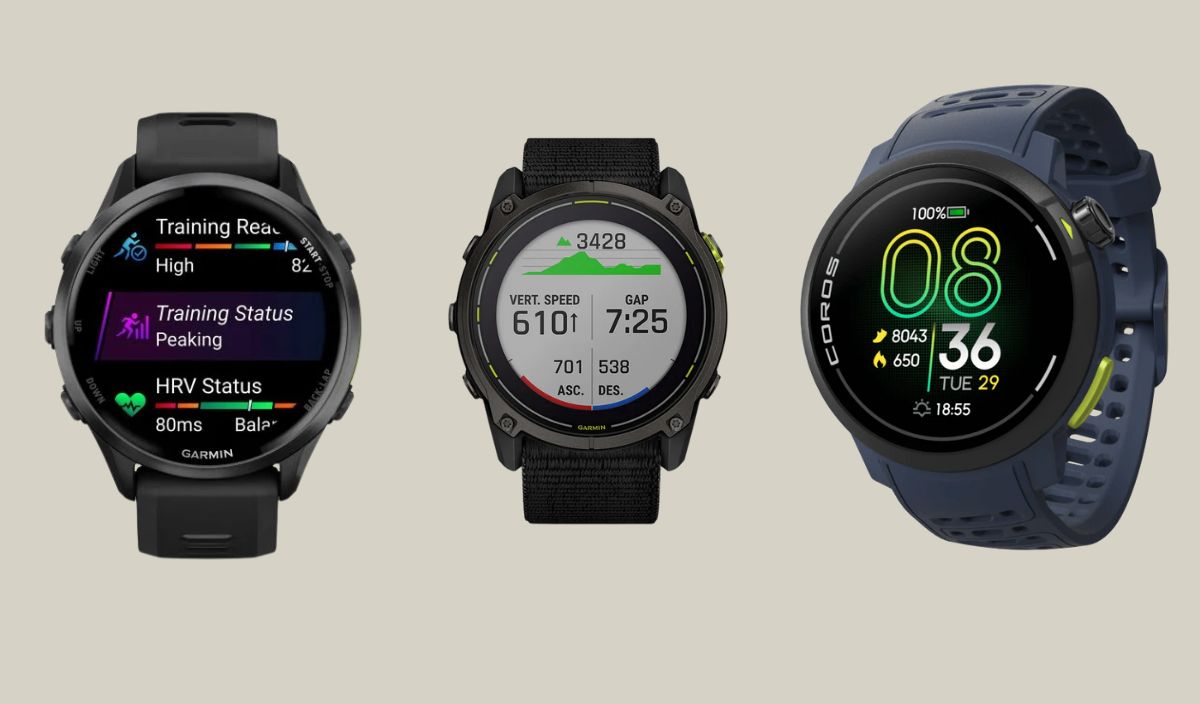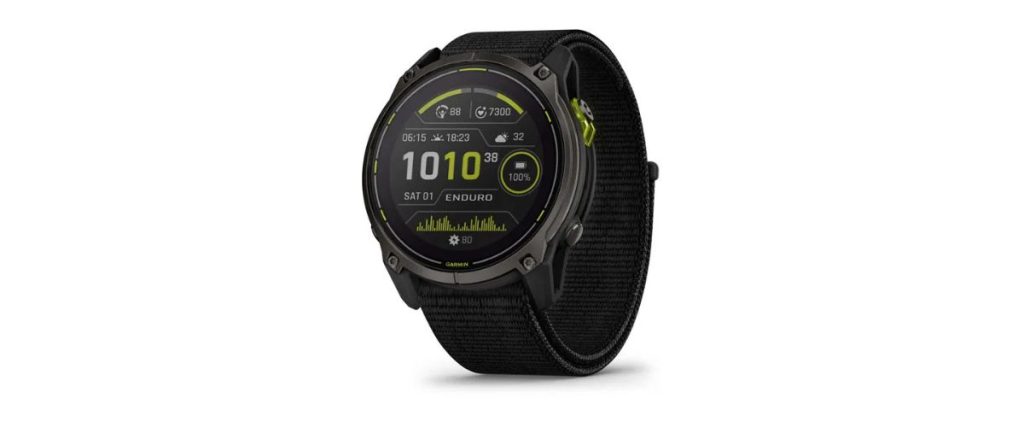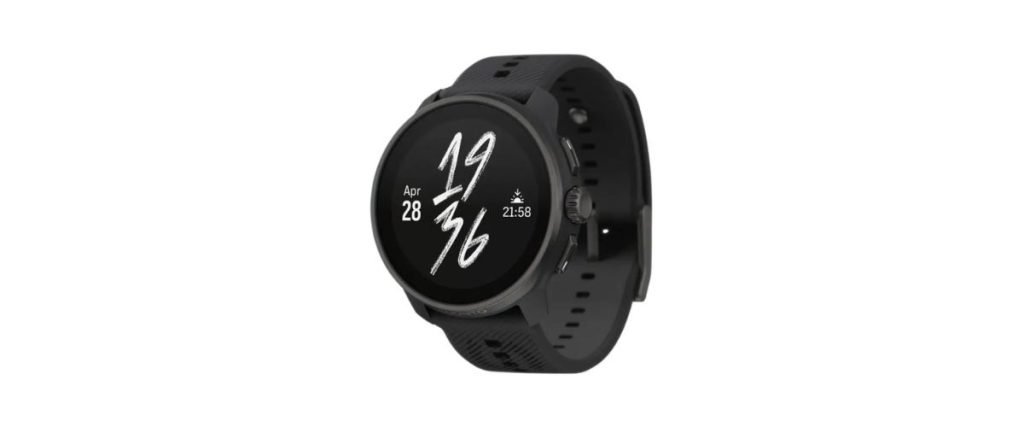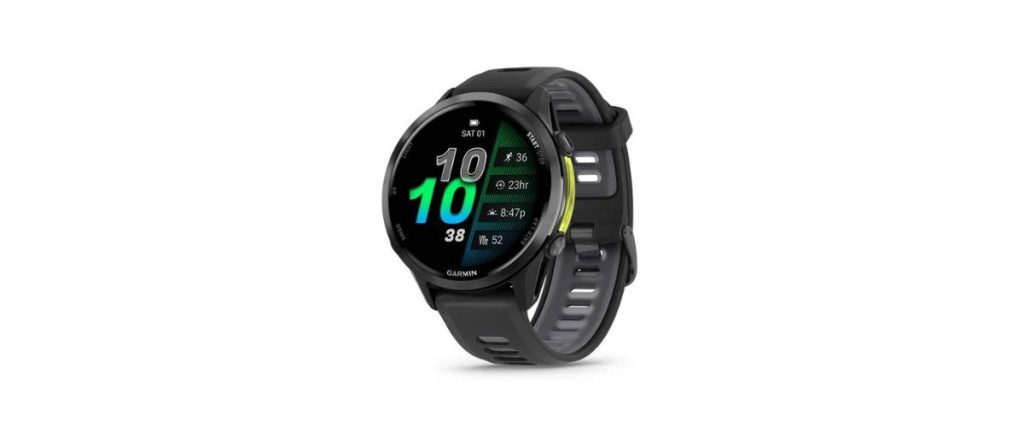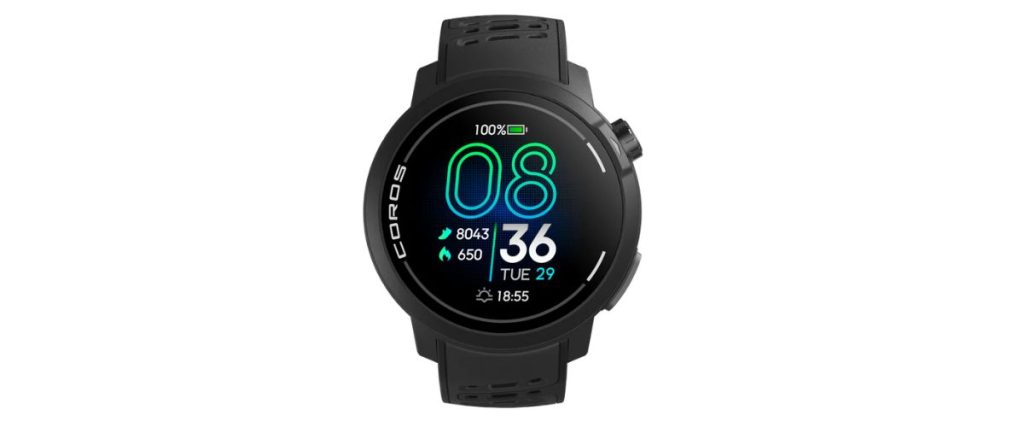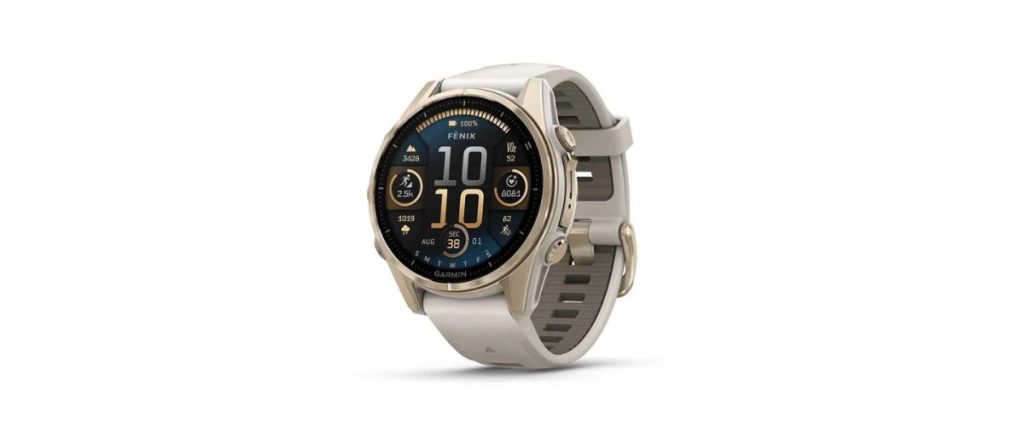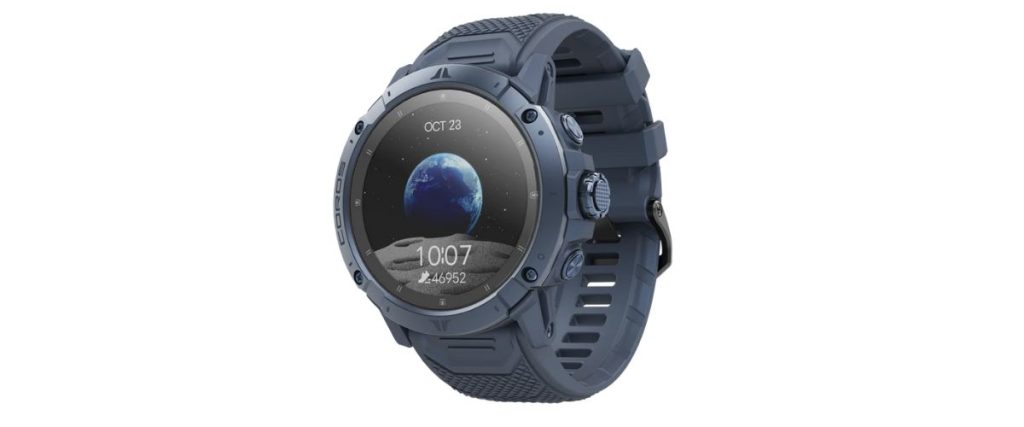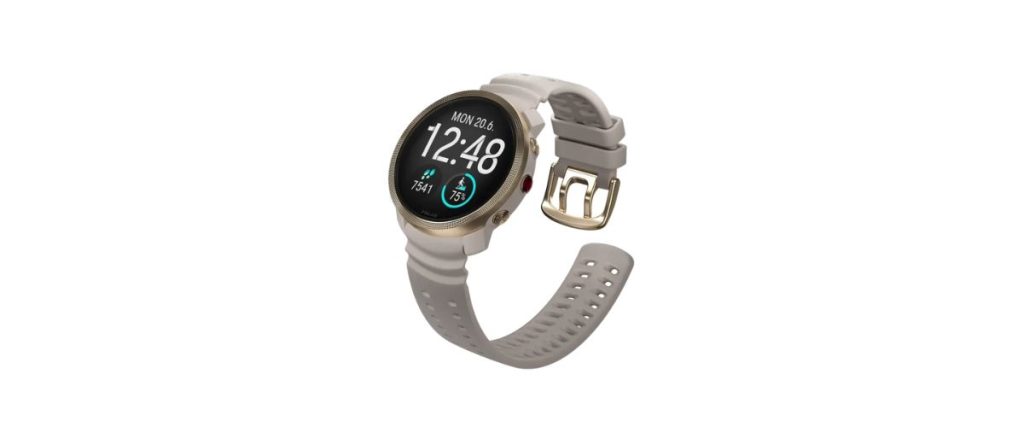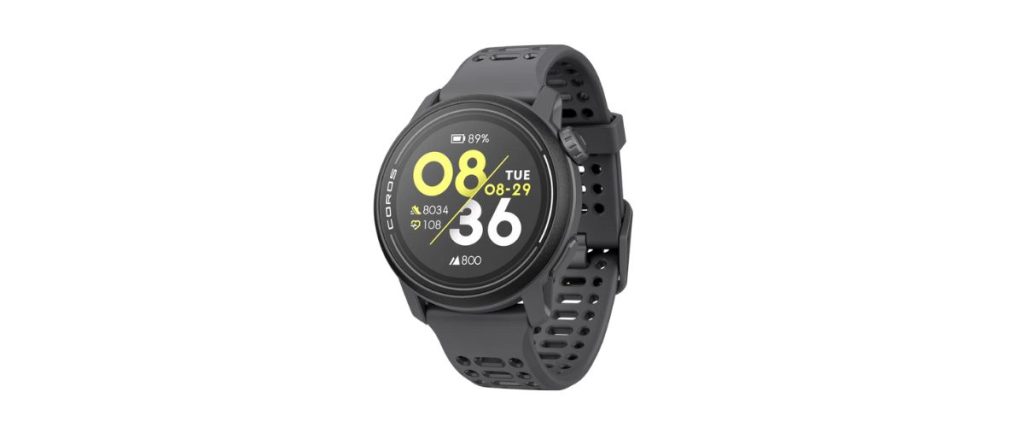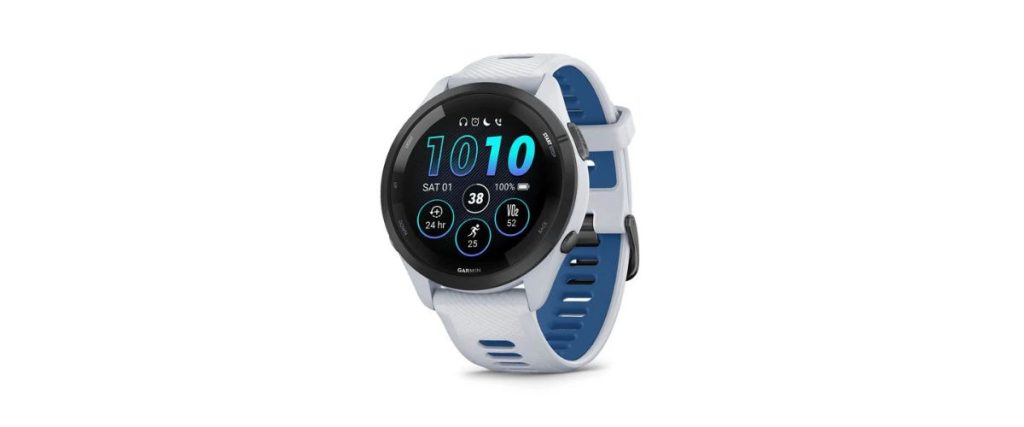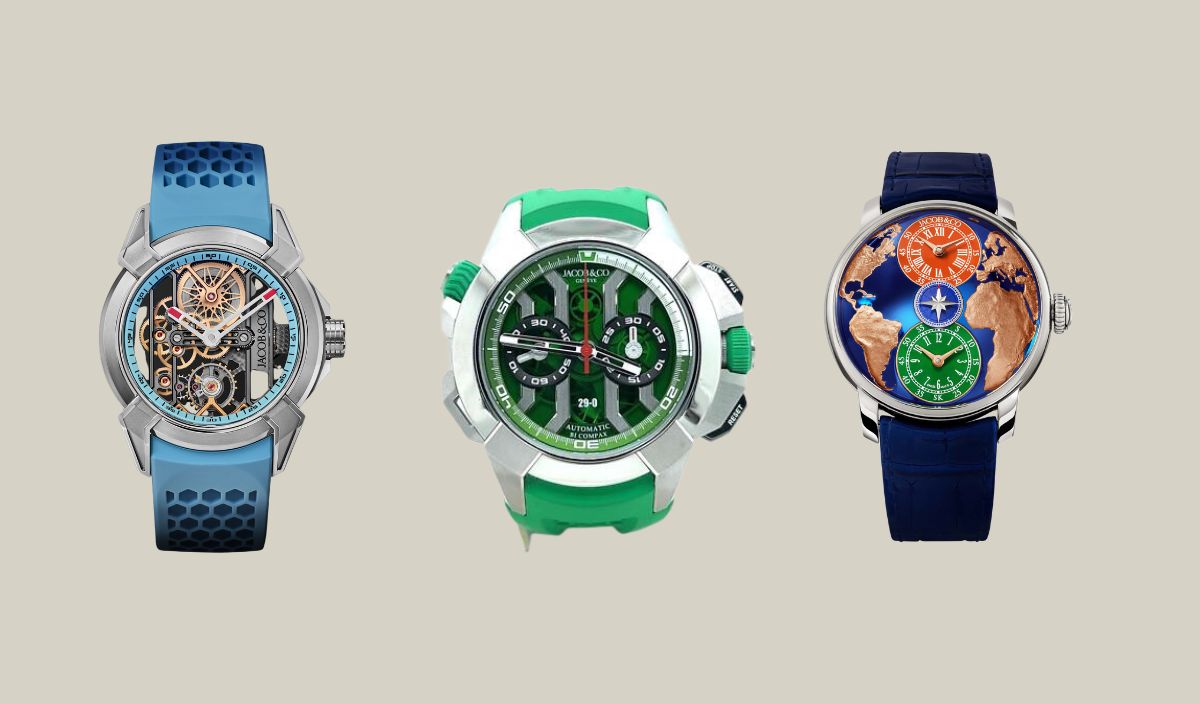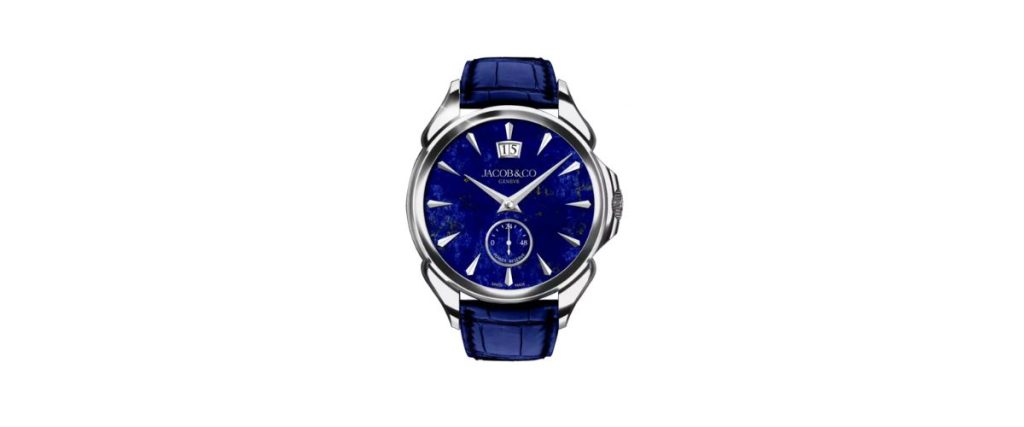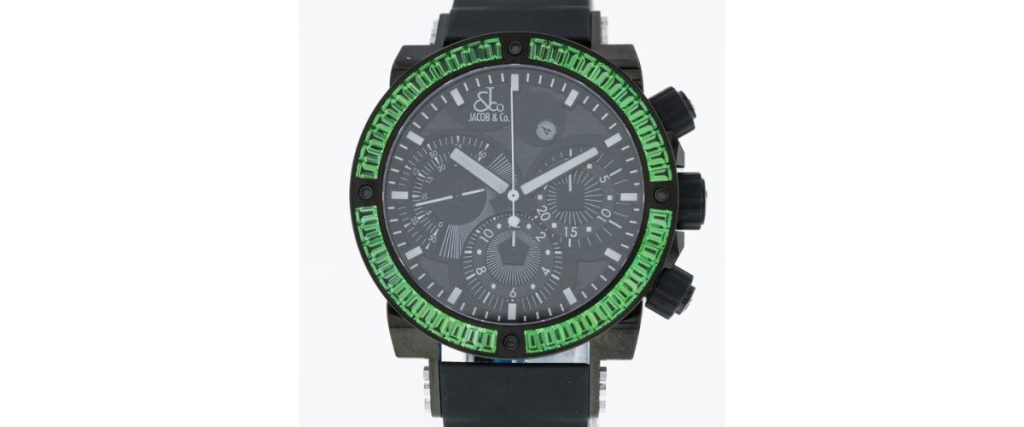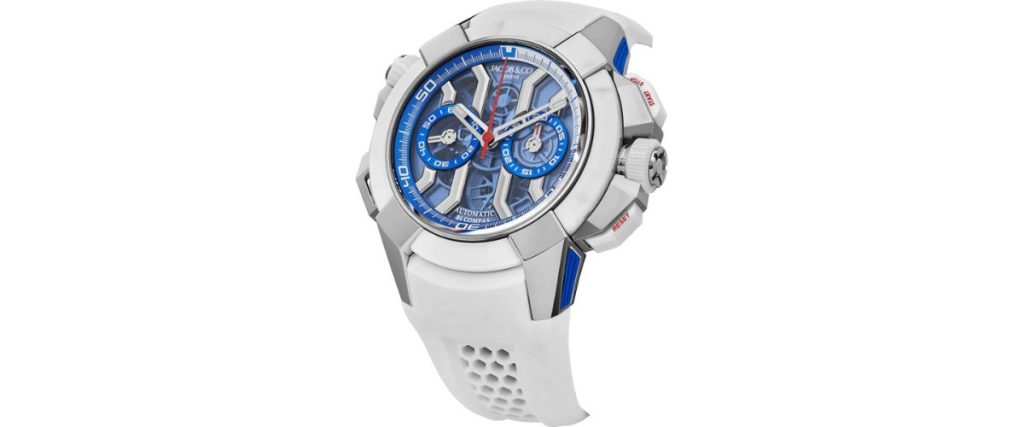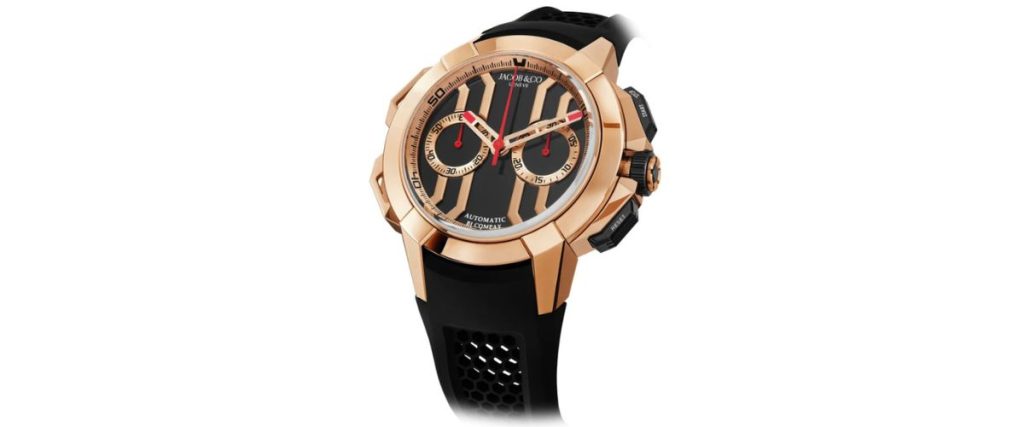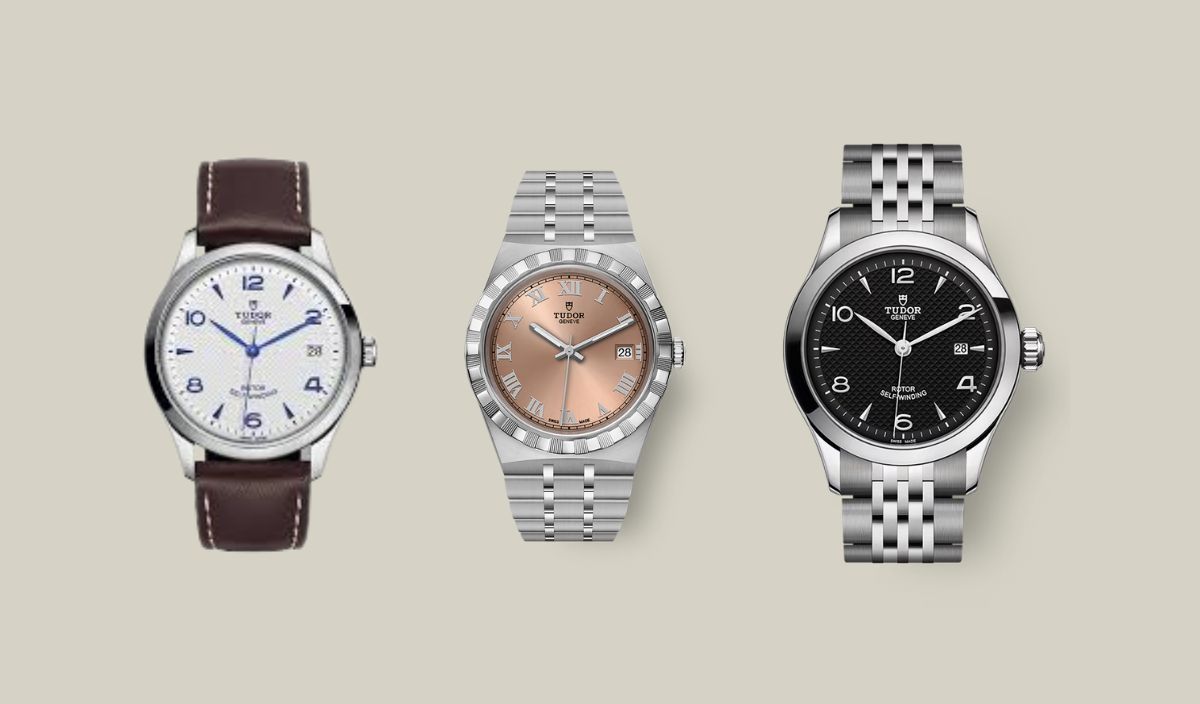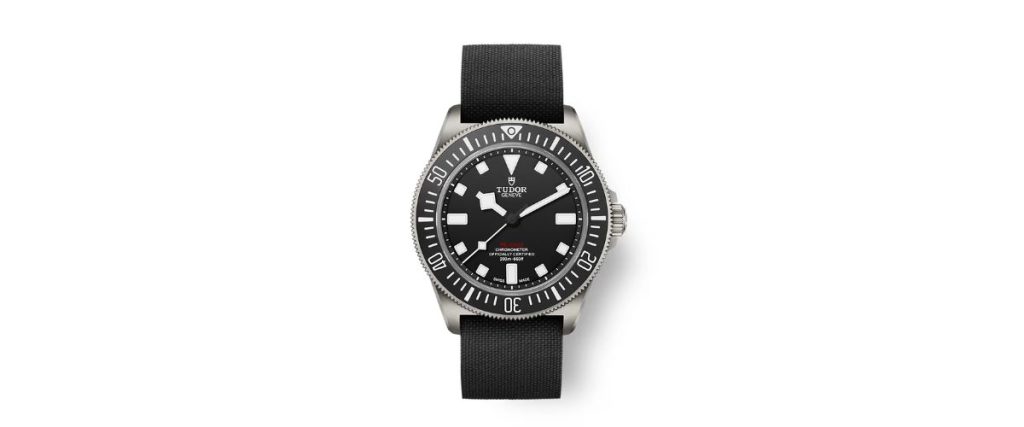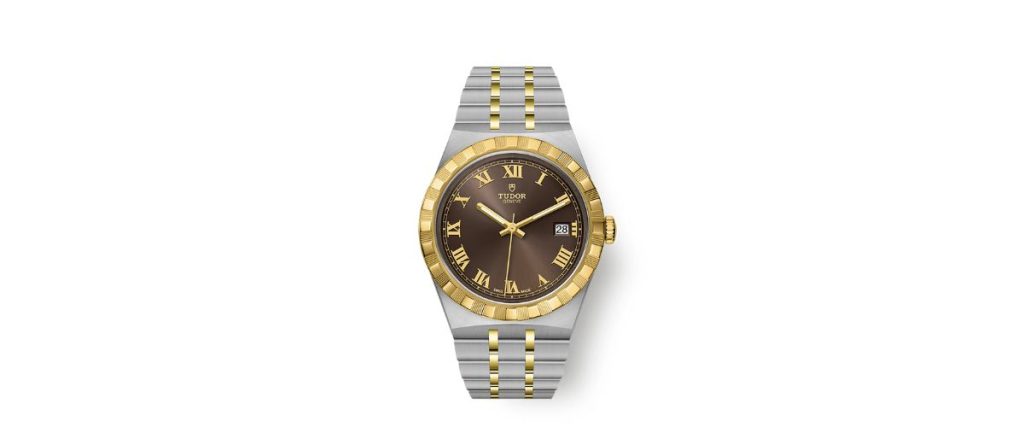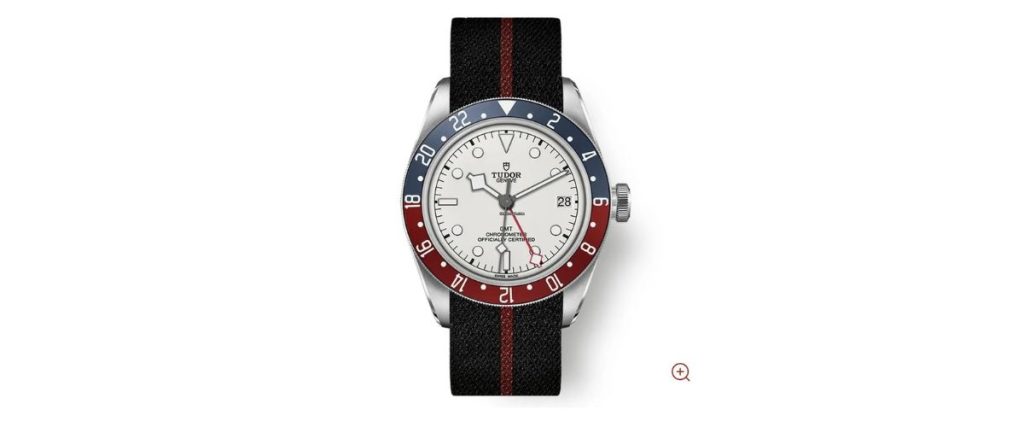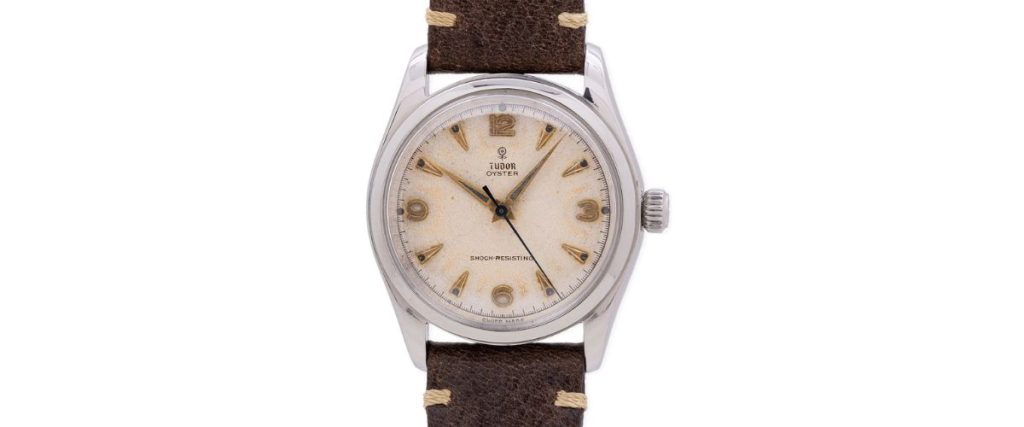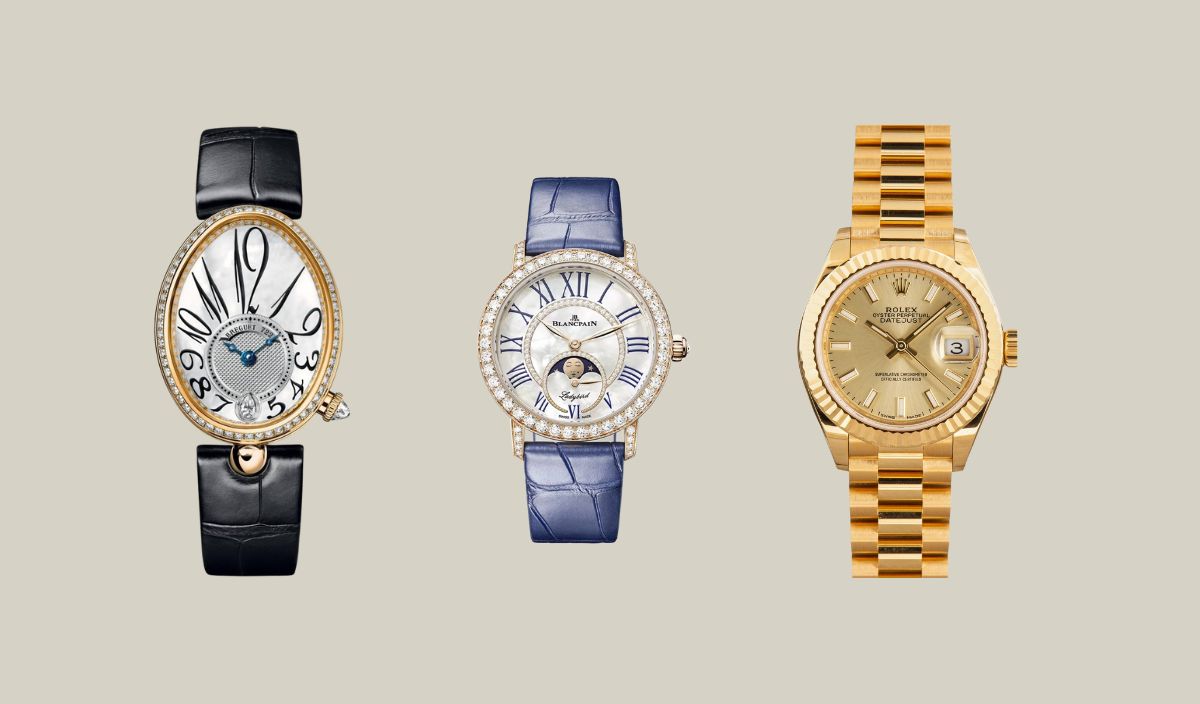
There’s something timeless and enduring about a gold watch. Many people get one as a symbol that they’ve finally “made it,” especially a gold Rolex Datejust. Others will buy them to celebrate special occasions, or to treat themselves.
All, however, will agree that the pairing of gold with a traditional watch is a uniquely beautiful one, like fine wine and a good sharp French cheese.
Gold and a watch movement are both something, when cared for well, that will endure for generations. There’s a reason gold watches so frequently become family heirlooms.
Whatever your reason for interest in a gold watch, it’s hard to go wrong with a well-crafted timepiece by a prestigious Swiss brand.
After all, if you’re going to splurge on the case material, you might as well ensure that the movement inside is of the same level of quality!
So here are the 20 best gold ladies’ watches, a list that encompasses all the best brands and all the best gold timepieces. Let’s get right to it!
What to Look for in Gold Watches
One of the first things you’ll want to look at, when you’re searching for a gold timepiece, is to ensure that the watch is not just gold-plated but is actually made from gold.
This is usually reflected in the price tag, but you can also tell from the watch’s description whether it’s, for example, “18K gold plated” or “18K gold.”
Gold-plated watches are a good way of getting the gold look for much cheaper, but they’re not nearly as enduring as a true gold watch, as the plating will rub off after a number of years (depending on how frequently you wear it) and will become pretty much unwearable at that point, unless you have it replated for a costly fee.
You’ll also want to examine the rest of the watch beyond the gold case, to ensure that the rest of it is equal in quality to the beauty and craftsmanship involved in the gold.
Preferably, you’ll want a mechanical movement, which from any of the prestigious brands I’ve listed below will be exceptionally well-made and well-finished.
The dial as well should bear the signs of artisanal craftsmanship, such as featuring guilloché patterns or grand feu enamel.
Finally, ensure the strap is of as high quality as the case, whether it’s of fine leather or a polished metal bracelet.
A gold watch is something valuable and timeless, made to last for years. If you’re in the market for one, be sure you know what you’re looking for!
The 20 Best Gold Watches for Women
Whether you’re looking for something sporty or dressy, mini or larger, there’s something here for you! I’ve curated a list of the very finest gold ladies’ watches, each from a prestigious brand.
Each one of these may come with a rather large price tag, but each one is also a beautiful heirloom watch that can and should be enjoyed for generations. These watches need no further introduction—let’s get right into the list!
Breguet Reine de Naples 8918BA/58/964 D00D 3L – $45,700

Where else could we start but with a modern version of the very first ladies’ wristwatch ever made? The original Reine de Naples was, as one would expect, crafted for the Queen (reine) of Naples, Caroline Murat, the sister of Napoleon Bonaparte.
Shockingly, it was made all the way back in 1812, which is around a century before the first men’s wristwatch, the Cartier Santos-Dumont. Aside from its impressive historical record, a Reine de Naples is immediately recognizable at a glance thanks to its stunning oval case and center lug.
Its numerals take playfully to the shape and size of the oval case, filling the open area where the circular dial is not and yet remaining elegant despite their disproportionate size.
The rehaut and bezel, studded with diamonds, add an extra level of glimmer to the yellow gold case, and the crown is likewise set with a larger briolette-cut diamond.
Heat-treated Breguet hands and a hand-guilloché offset dial circle complete the elegance of this watch, which combines so beautifully gold and diamonds with lasting craftsmanship.
Finally, you’ll want to take note of the lovely automatic movement, which is a rarity for a watch of this size (which would typically be quartz) and yet manages to achieve a significant 45 hours of power reserve.
Rolex Lady Datejust ref. 279178 – $29,900

The quintessential “I’ve made it in life” watch, but in a ladies’ size! This beautiful yellow gold Lady Datejust clocks in at a diminutive 28mm diameter which, coupled with the beautiful polished Jubilee-style bracelet, makes for a watch that feels far more like an article of jewelry than a timepiece in all the best ways.
I find the silver-toned dial to be particularly appealing when paired with the yellow gold case and bracelet, as it creates a slight pop of color while remaining firmly in the color palette of precious metals.
You’ll also want to take a particular look at the fluted bezel, which Rolex has mastered and which will capture the light and sparkle like a many-faceted diamond.
Overall, however, what I love most about this watch is just how well-proportioned it is. Many women’s watches that are like the Lady Datejust in that they’re a feminine version of a men’s watch tend to suffer from being disproportionate, just a shrunken version of a men’s watch that ends up feeling unbalanced.
With the Lady Datejust, it’s clear at a glance that Rolex has designed this model from the ground up as a ladies’ watch, and because of that it’s become something beautiful.
On top of the lovely case and dial finishing, your new Lady Datejust will run on the superb caliber 2236, an in-house movement by Rolex that has a stunning precision of just +/- 2 seconds per day, a shockingly impressive rate for such a small mechanical movement. This watch proves without a doubt that it’s not for nothing that Rolex is called the Crown.
Blancpain Ladybird Colors Phases de Lune ref. 3662 2954 55B – $38,300

With this lovely Blancpain, we’re adding a healthy dose of color to our lineup, thanks to the exquisite mother-of-pearl dial and rich blue strap and numerals.
The complement of the blue on the mother-of-pearl and with the red gold is frankly stunning, and really, in my opinion, is what makes this watch so appealing, more than any other single trait.
The watch is bedecked with diamonds, but not in a way that feels overbearing, as they’re all tastefully set to be unobtrusive aside from the lovely sparkle that they bring to the piece.
The hands are beautifully shaped, in a rather unique fashion that manages to avoid the trap of simply picking a standard hand shape that you’d find in many other watches and following that.
A final playful touch that I particularly enjoy is giving the moon in the moonphase complication a feminine face, which adds to the watch’s charm.
Under the hood, you’ll find the spectacular in-house caliber 1163L, which is made up of no less than 243 individual parts and features a stunning 100-hour power reserve.
It’s also automatic and will wind itself back up as you move throughout your day with a beautifully skeletonized red gold rotor. For one of the most elegant and yet remarkably playful ladies’ watches out there, this Ladybird is a great choice.
BVLGARI Serpenti Tubogas Yellow Gold – $49,500
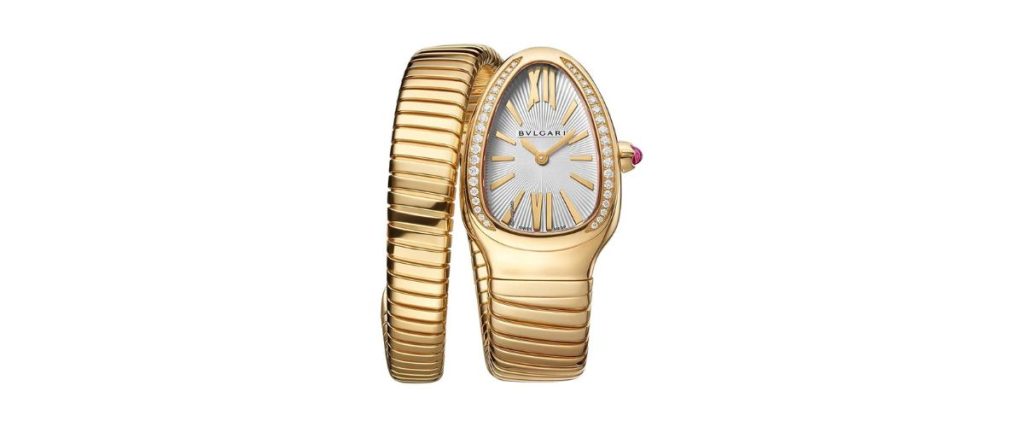
Perhaps one of the most iconic and instantly identifiable ladies’ watches today is the serpentine BVLGARI Serpenti Tubogas, which coils sensuously around not only your wrist but also the lower forearm.
Thanks to its gently narrowing form and ergonomic coils, it turns a timepiece into a piece of jewelry like no other watch available today. BVLGARI’s yellow gold has a gorgeous luster to it, just as one would expect from such a prestigious jewelry house.
The textured white dial is a perfect complement to the gold strap, adding a profound dimension of class and charm that’s carried to perfection by the diamonds that frame it.
Although it does feature a quartz movement instead of mechanical due to the size of the head of the watch, it’s without a doubt one of the most elegant ladies’ watches imaginable, and one that pushes the boundaries of form and style in modern watchmaking.
Hublot Big Bang Gold Diamonds 38mm – $25,200
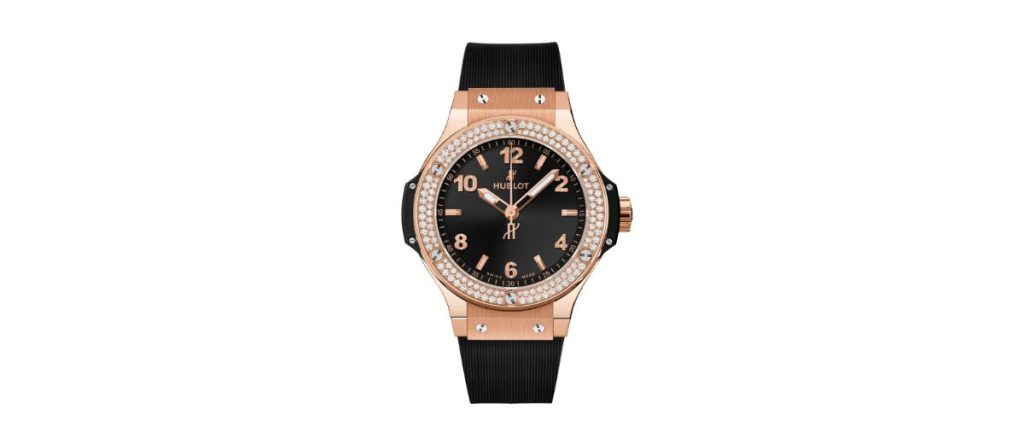
This one is a little larger than most women’s watches, and it’s a whole lot more bold and eye-catching thanks to Hublot’s unique style and flair. Here, the case is stunningly crafted from 18K 5N rose gold, and the alternating polished and brushed surfaces complement to beautiful effect.
The dial, finished in a lovely black, is adorned with large and prominent hands and numerals crafted from the same rose gold hue. Most notably, however, your eyes will be drawn to the bezel, which is set with 126 diamonds totaling 0.87 carats to add a beautiful sparkle to the piece.
Most strikingly, this watch (like almost all other Big Bangs) is paired with a rubber strap, which is a nod to Hublot’s “art of fusion” in pioneering the combination of different materials to push the boundaries of watchmaking.
While the movement in this one is also quartz in order to improve the slim profile of the watch, it’s still a spectacularly well-made and well-finished timepiece that suits any woman who prides herself on being bold and avant-garde.
Cartier Panthère de Cartier Medium Yellow Gold – $28,200

The elegant, sinuous, and beautifully crafted Panthère de Cartier has been one of the most desired ladies’ watches since its release in the 1980s. Supermodels and actresses of the highest level alike have been spotted wearing it over the decades.
And for good reason: it’s a stunning timepiece whose shape evokes the classic Cartier Santos-Dumont while putting a uniquely feminine spin on it.
It has all the quintessential Cartier hallmarks, like the Roman numerals, blued sword hands, chemin de fer (or railroad) minutes track, and blue cabochon set in the crown.
The bracelet it’s paired with is what named the watch, as it was so supple and sinuous that it evoked in the minds of Cartier’s watchmaking department the panther that is often used as Cartier’s logo.
Here, the medium model will be a perfect size for most female wrists, and the quartz movement that powers it ensures that the watch maintains a delightfully slim presence on the wrist.
L.U. Chopard Flying T Twin Ladies – $45,000

Chopard was never as much of a watchmaking house as they were a jewelry house… until the L.U.C. collection came out. L.U.C. has had the watch nerds raving for quite some time now, and for good reason.
This particular example is the proof in the pudding, as you might say: a flying tourbillon is nothing to sneeze at.
The rest of the watch is just as gorgeous as this poetic complication, with a lovely 18K rose gold case set with 1.95 carats of diamonds across the case, lugs, indices, and crown. A mother-of-pearl dial evokes gentle fluffy clouds, sure to send you into a rêverie.
Lastly, for the exterior, I want to touch on those lovely hands, which are a unique shape and have a beautiful faceted shine.
This little beauty runs on the in-house L.U.C. 96.24-L, a seriously impressive movement with automatic winding, two stacked barrels which contribute to a power reserve of 65 hours, and of course, the eponymous Flying T[ourbillon].
This movement is also so spectacular that it’s adorned with the Poinçon de Genève from the city of Geneva for its quality and finishing. That’s what I call watchmaking.
Audemars Piguet Royal Oak Mini Frosted Gold Quartz – $38,000

The recent reinterpretation of the Royal Oak Mini (a collection which was conceptualized in the late 90s and was reintroduced less than a year ago) was launched to tremendous acclaim.
It’s a beautiful little watch that takes Gerald Genta’s original Royal Oak design into a new realm, with a lovely frosted gold case.
That frosting gives the watch a jewel-like appearance and makes it sparkle beautifully in any light. When paired with the watch’s characteristic tapisserie dial, I find that the effect is only heightened all the more.
Plus, at just 23mm in diameter, the watch clearly wears like a small and elegant piece of jewelry, with an unobtrusive yet eye-catching presence on the wrist.
Due to its exceptionally small size, this one is also quartz-powered, but that remains perhaps the only drawback for such a well-executed and charming timepiece.
Patek Philippe Golden Ellipse 5738R – $40,920

Patek Philippe’s beautiful Golden Ellipse collection was designed following the golden ratio, which explains only part of its instant aesthetic appeal.
The fluidity of the case shape and bezel, paired with the sumptuous dial and simplistic hands and numerals, makes for an elegant dress watch that shines in any formal occasion.
I’m a huge fan of the pairing of rose gold and black, and this Golden Ellipse executes that combination perfectly. Take a look as well as the way the black leather strap flows seamlessly into the case, without any visible lugs, leaving the lovely elliptical dial to shine on full display.
Patek Philippe is one of the best watchmakers out there, period, and it shows with the exceptional caliber 240 that powers this watch. It’s automatic with a micro-rotor, which allows it to be extra slim and thus shockingly wearable for a mechanical timepiece.
Plus, the movement is beautifully finished to the point where it’s adorned with the Patek Philippe Seal for its quality and craftsmanship.
Van Cleef & Arpels Midnight in Paris Rose Gold – $87,500
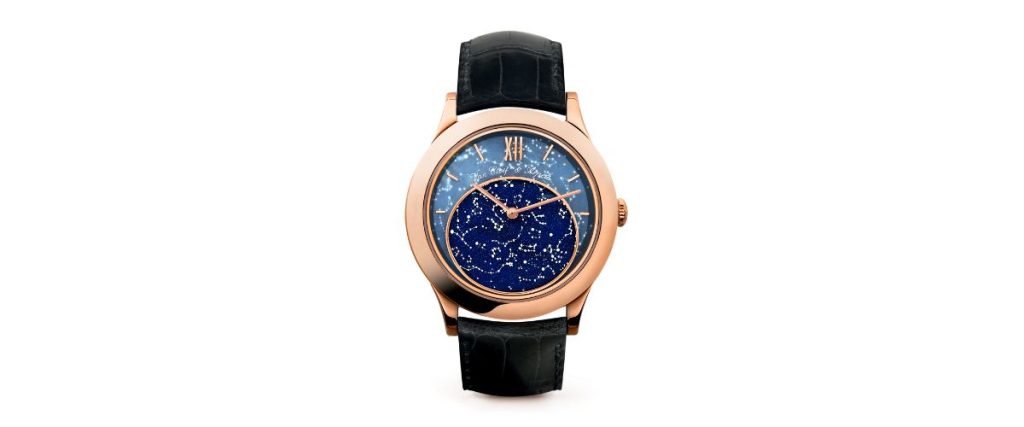
The Midnight in Paris is one of the most beautifully romantic timepieces you can imagine. It displays the movement of the starry night sky above the City of Love in real-time, making it actually quite useful for Parisians and exceptionally romantic for all others.
The entire base dial makes one rotation every year, as powered by Van Cleef & Arpels’ special Quantième de Saison movement, which also puts the aventurine base of the dial on full display.
Since this is a mechanical and manual-winding watch, you’ll need to be careful to keep this one wound, or simply accept the need to reset the night sky every time you wear it.
The rest of the watch is just as elegant as its dial and complication, with a beautifully-crafted rose gold case with well-proportioned lugs and bezel. I’m convinced it’s one of the finest and most romantic timepieces imaginable.
Piaget Polo 79 Yellow Gold ref. G0A49150 – $75,000

The little Polo watch, known for the way its case and bracelet seem to flow seamlessly into and through the dial, is another incredibly iconic timepiece that was invented, like its name suggests, back in 1979.
Polished gadroons (there’s your new vocab word for the day) and satin-finished gold links alternate to create a striking appearance that remains fully unique in the world of watchmaking today.
Every element of this watch works with a palette of only 18K gold to somehow create an appearance with marvelous depth and texture.
The Polo 79 is powered by an exceptional caliber 1200P1 movement, an ultra-thin automatic movement with a micro-rotor and beautiful finishing that’s visible through the sapphire caseback.
With a power reserve of 44 hours on a full charge, it’s a movement that in every way lives up to the quality and craftsmanship of the rest of this elegant timepiece.
A. Lange & Söhne Little Lange 1 ref. 181.063 – $46,200

The Lange 1 is one of the most eye-catching yet classic designs in watchmaking, a beautiful timepiece that plays with proportion and layout of each of its elements to create something refreshingly new and yet beautifully timeless.
Its smaller cousin, the Little Lange 1, is no different, presenting the same classic appearance in a smaller 36.8mm case. I find the combination of its sunray-finished blue dial and pink gold case to be absolutely gorgeous, and I have nothing but praise for the sculpted structure of its case.
If you flip the watch over, you’ll be treated to the most beautiful movement you’ll see all day: the gorgeous caliber L121.1, which is crafted from German silver and features some mouthwatering finishing, most notably of which is a hand-engraved balance cock.
Upon closer examination, you’ll also spot polished châtons (those are the gold rims around the red jewels you see) and heat-blued screws, as well as Côtes de Genève (or Geneva stripes, the texture you see on the large metal plates).
It’s almost impossible to get any better than that, which makes this the ideal watch for someone looking for an elegant watch that excels in the watchmaking realm.
Jaeger-LeCoultre Reverso Classic Duetto Manual Pink Gold – $23,900

I promised you elegant and iconic watches, and that’s exactly what you’ve been getting all throughout this list. With the JLC Reverso, we’re just kicking things up a notch.
The instantly recognizable (by any dedicated watch fan, at least) Reverso was invented in the 1930s as a watch for polo players, who needed a way to protect their watch from being smashed while playing.
Originally, you could flip the watch around to reveal the solid steel caseback and hide the dial, which provided extra protection.
In this modern version, JLC has actually adorned the Reverso (which, yes, still flips around) with two faces, one a little sportier in a muted gray tone and the other extremely elegant with diamonds and a glossy black face.
Thanks to this two-faced appearance, the Reverso Duetto becomes an extremely versatile option both for everyday and extremely formal wear.
While you won’t get a glimpse of the movement since it’s sandwiched between both dials, you can rest assured it’s one of the finest: JLC’s caliber 844, which has an impressive 38-hour power reserve for such a small movement.
If you’re curious, it features the same time on both the front and the back by basically extending the post from the gear that drives the hour and minute hands through both sides of the watch so that hands can be mounted on it on either side. Pretty clever for such a seemingly simple watch!
Van Cleef & Arpels Alhambra Yellow Gold and Onyx – $8,850

This watch is an homage to the prestigious jewelry house’s Alhambra motif, which was introduced in jewelry in 1968. It’s inspired, of course, by the four-leaf clover: the idea is that it brings good luck to the wearer, supposedly.
Regardless, it does bring good looks, thanks to its beautifully crafted and beaded yellow gold case and exquisite onyx dial. If you can’t tell from my diction there, I’m a huge sucker for onyx dials, which achieve such a rich inky blackness compared to a more simple lacquer or enamel black.
A little detail I also want to call your attention to here is the font used for the brand’s signature on the dial: it just feels so vintage and classy, just like the rest of the watch.
Also, since this watch is just part of Van Cleef’s comprehensive Alhambra jewelry collection, it goes really well paired with an Alhambra ring or bracelet—but I won’t try to tell you how to wear this watch, since it goes great with almost everything dressy.
As a final note, this watch is also quartz-powered due to its diminutive and slim size.
Patek Philippe Calatrava 4997/200R – $42,700

This is one of those absolutely stunning ladies’ watches that makes me start to wonder (rather hopelessly) if I could somehow pull this one off. While that answer seems to be no, you’ll have to go ahead and wear this beauty of a watch in my honor.
That purple-colored dial, crafted from flinqué enamel (which means transparent enamel over guilloché, which is the pattern you can see) is radiant and stunning.
The indices are slightly elongated, to mimic the shape of the hands and reduce negative space while showing off the beautiful finishing and shaping used on each index.
The dauphine hands are large and beautifully faceted. The rest of the case is just there to highlight the dial to perfection, from the subtle lugs to the sparkle of diamonds on the bezel.
Not only is this one of the finest ladies’ watches, but it’s also one of the finest Patek Philippe Calatravas—and that’s actually saying a heck of a lot, as this is one of the most well-loved and appreciated collections in all of watchmaking.
This beautiful watch runs on an equally stunning movement, the caliber 240, which features automatic winding thanks to a micro-rotor and has received the Patek Philippe Seal for its lovely finishing and craftsmanship. I’m confident in declaring this one to be one of the most beautiful ladies’ watches ever made.
Omega Constellation ref. 131.50.29.20.58.001 – $28,400
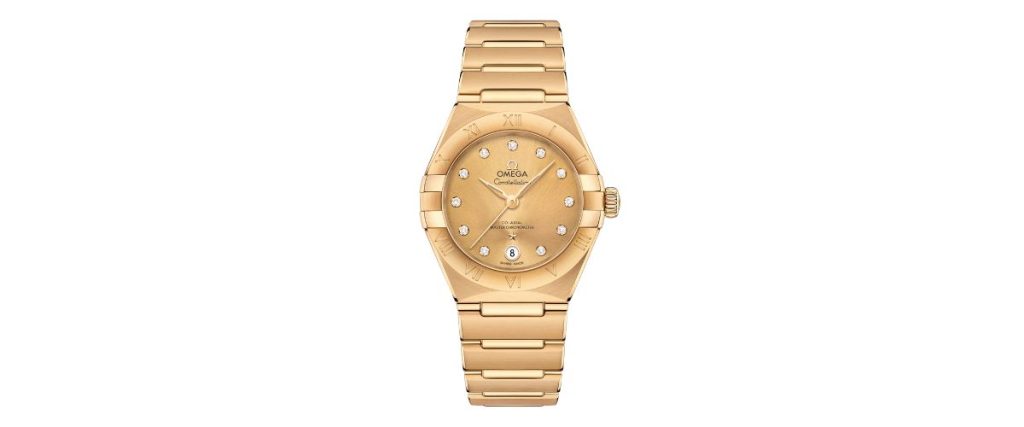
This beautiful 29mm Omega Constellation is actually one of the only watches on this list of ladies’ watches to be part of a collection originally designed by a woman: Carol Didisheim, in 1982.
It’s an absolutely exquisite design—one, admittedly, that I wasn’t too fond of when I first got into watches, but which has been steadily growing on me since then, thanks in part to an enlightening visit to an Omega boutique.
I’m particularly fond of this model because it features Roman numerals on the bezel instead of diamonds. Somehow, to me, that just feels even more classy. The case is beautifully faceted, and flows well into the integrated bracelet. Finally, I want to call your attention to the sunray brushing of the dial.
This is a finishing pattern that almost always radiates out from the hands, to call attention to them and to lead your eye inward. In this case, however, Omega centered it around the star at 6:00, making this symbol of excellence the focal point of the watch.
This Constellation runs on the excellent caliber 8701, an automatic winding movement with—interestingly—a rose gold rotor.
Almost the entire movement is finished in a style of Côtes de Genève that spirals outward, which makes for a lovely twist on a traditional technique. 50 hours of power reserve and Omega’s special Co-Axial escapement round out the stats line for this lovely watch.
Parmigiani Fleurier Tonda PF Automatic PFC804-2020001-300182-EN – $39,000

Okay, I admit it—I have a bit of a thing for purple dial watches. To make matters worse, I also have a thing for Parmigiani Fleurier. You can imagine then that this watch has got me hook, line, and sinker: it’s just absolutely gorgeous!
Take a look, first of all, at the barley-corn guilloché dial, which is rendered in that lovely plum hue. The texture is so fine as to be barely visible at a distance, but its depth and complexity becomes apparent close-up.
The indices are kept small so as to leave a maximum amount of space to appreciate the dial, and each one is a sparkling baguette-cut diamond. The case is complex and feels architectural in composition, especially with its contrastingly finished surfaces.
As a final note for the exterior, I really love the alligator leather strap that comes with it, which is just a perfect color match for the dial.
The Tonda PF runs on Parmigiani Fleurier’s caliber PF770-HM, an automatic in-house movement with skeletonized rotor, beautiful finishing, and 60 hours of power reserve. Enough said.
Longines Mini Dolcevita L5.200.6.71.0 – $6,250

Another one of the relatively affordable watches on this list, this is a petite and elegant watch executed in the style of the Cartier Tank, but which puts a fresh spin on its inspiration. With a profile of just 21.5mm x 29mm, the watch remains unobtrusive and yet not so small that it practically disappears.
The silver patterned dial, blue numerals and hands, and small seconds at 6:00 all make for a classic appearance, but certain small details like the square shape of the small seconds also breathe a certain freshness and modernity into it.
Due to its small size, the Mini Dolcevita runs on a quartz movement, which is perhaps the only possible drawback of this watch.
Vacheron Constantin Égérie ref. 8005F/000R-H030- $43,100

Another purple dial! I must be on a bit of a tear lately. The Vacheron Constantin Égérie collection was created in collaboration with designer Yiqing Yin, who clearly brought a fresh style of watch design to the table here as this watch is innovative and yet traditional.
The placement of the moon phase at 2:00, for example, is particularly striking, and so is the ribbed rehaut around the numerals as well as in the center of the dial.
Most of all, I’m just a fan of that gentle lilac hue, which is overlaid on mother-of-pearl so that the color gently shifts and changes over the area of the dial as well as in different lightings.
Égérie, if you were wondering, is French for “muse,” and I can’t help but wonder if in this case the Moon was a muse for the design, thanks to the prominent placement of the moon phase as well as the moonstone set into the crown.
The caliber 1088L is what keeps the Égérie ticking, an automatic mechanical movement with hacking seconds and a moonphase complication (obviously).
It’s got a solid power reserve at 40 hours as well as beautiful finishing, which you can see through the skeletonized rotor. This is Vacheron Constantin at its finest.
Cartier Tank Américaine Small Yellow Gold – $12,000

I have a soft spot in my heart for the Tank Américaine, and it’s not just because I myself am an américain. There’s something about its profoundly elongated and ergonomically curved case that is just a perfect natural evolution of the original Tank model that has also become something uniquely captivating and beautiful.
This is no Égérie: it’s simple, minimalist charm, which plays with the very fundamental constraints of design and form to create its appeal.
Take a look, for example, at the shaped minutes track and the faceted octagonal crown, both of which contribute to the design in a way that I find gorgeous and yet can’t quite express why. Or how the brushed surfaces at 12:00 and 6:00 contrast with the polished flanks of the watch.
This is timeless yellow gold charm at its finest. While it may be quartz-powered due to its diminutive size, it remains an exceptional timepiece and one of Cartier’s finest—and that’s saying something.
Conclusion
There you have it: 20 of the finest gold watches ever made, that also just so happen to be crafted especially for women.
Whether you’re a fan of the modern charm of an Audemars Piguet Royal Oak Mini or more into the classic appeal of a Breguet Reine de Naples, there’s a gold watch out there for you, made to be cherished for decades. I hope you found it on this list!


